“Global Telecom API Market to reach a market value of USD 1233.96 Billion by 2032 growing at a CAGR of 22.3%”
The Global Telecom API Market size is expected to reach $1233.96 billion by 2032, rising at a market growth of 22.3% CAGR during the forecast period.
These are in-house development teams within telecom companies that leverage APIs to optimize network operations, build proprietary services, and support internal platforms. Their focus is primarily on network automation, infrastructure enhancements, and integration of customer-facing digital tools.
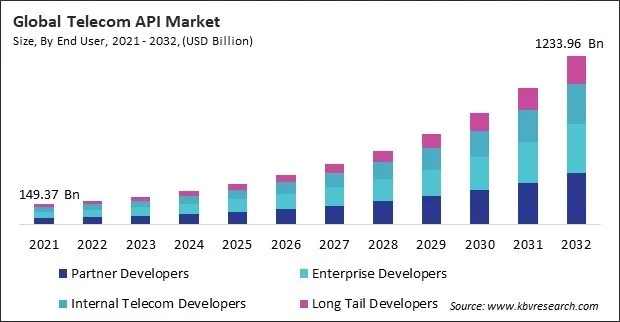
During the COVID-19 pandemic, the telecom API market witnessed significant growth as digital communication became the backbone of global operations. With strict lockdowns and widespread remote work mandates, businesses and institutions rapidly shifted to virtual platforms for continuity. Telecom APIs enabled seamless integration of communication functions such as messaging, voice, and video into enterprise and consumer applications, making them essential tools for maintaining connectivity in a socially distanced world. Similarly, government agencies and public health organizations used telecom APIs to develop and deploy contact tracing apps, emergency alert systems, and vaccination appointment platforms. Thus, the COVID-19 pandemic had a positive impact on the market.
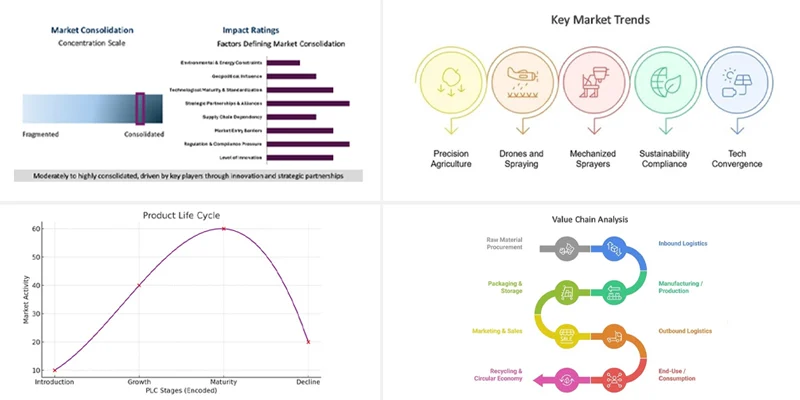
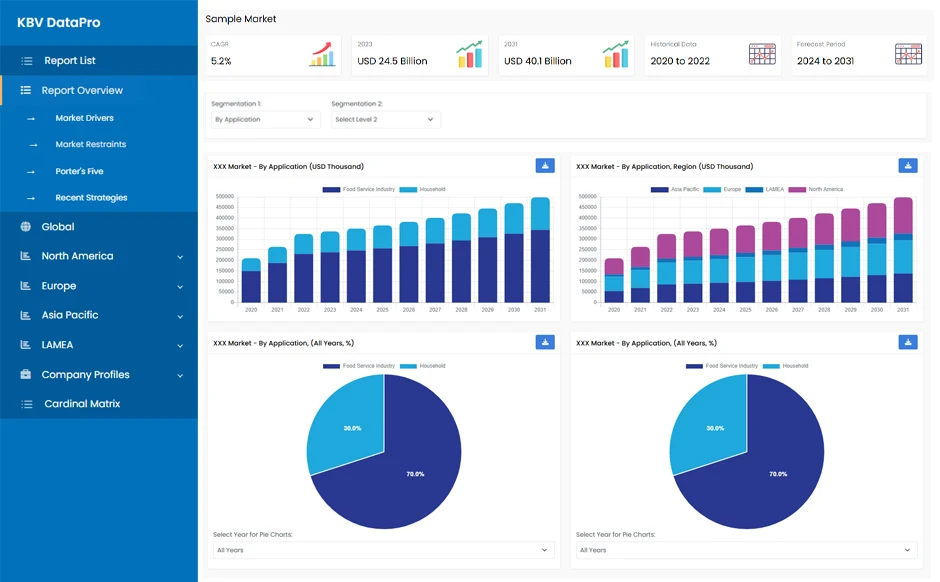
The rollout of 5G technology is revolutionizing the telecommunications industry, serving as a primary driver for the Telecom API market. 5G’s ultra-high-speed connectivity, ultra-low latency, and massive device support enable a new wave of digital services, compelling telecom operators to leverage APIs to make these capabilities accessible to developers and enterprises. Unlike earlier network generations, 5G supports advanced use cases like augmented reality (AR), virtual reality (VR), autonomous vehicles, and smart cities, all requiring seamless integration of network services into applications. Thus, advancements in 5G technology are driving the Telecom API market by enabling innovative, scalable, and secure applications that leverage next-generation network capabilities.
Additionally, The proliferation of the Internet of Things (IoT) and connected devices is a significant driver for the Telecom API market, fueling the need for scalable, interoperable communication solutions. IoT encompasses billions of devices—from smart home appliances to industrial sensors—requiring seamless connectivity for real-time data exchange. Telecom APIs, particularly for messaging, location, and device management, enable developers to integrate these devices with telecom networks, ensuring reliable data transmission and control. In conclusion, the rising adoption of IoT and connected devices is propelling the market by enabling seamless, secure, and scalable connectivity for a growing ecosystem of devices.
Security and privacy concerns pose a significant restraint on the Telecom API market, as the exposure of network capabilities through APIs introduces vulnerabilities that can be exploited by malicious actors. Telecom APIs, such as those for messaging, location, or billing, handle sensitive data, including personal user information, financial transactions, and device identifiers, making them prime targets for cyberattacks like data breaches or unauthorized access. Thus, security and privacy concerns restrain the Telecom API market by increasing operational complexity, costs, and risks, potentially slowing adoption and innovation.
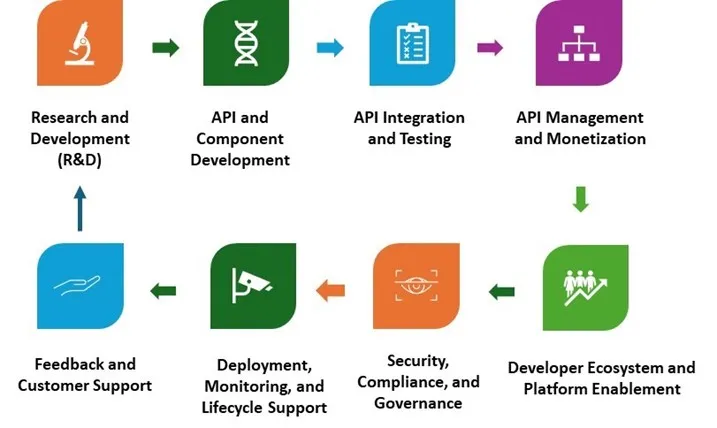
The Telecom API Market value chain begins with Research and Development (R&D), which drives API and component development for telecom services. These components undergo API integration and testing to ensure functionality and compatibility. Following this, API management and monetization focuses on streamlining access and generating revenue. The chain continues with developer ecosystem and platform enablement, enhancing innovation and third-party collaboration. Emphasis on security, compliance, and governance ensures safe and regulated operations. Deployment, monitoring, and lifecycle support maintain performance, while feedback and customer support complete the loop, feeding insights back into R&D for continuous improvement.
On the basis of end user, the telecom API market is classified into partner developers, enterprise developers, internal telecom developers, and long tail developers. The enterprise developers segment recorded 30% revenue share in the telecom API market in 2024. These developers work within enterprises that utilize telecom APIs to build customized communication solutions tailored to their operational needs. Enterprise developers often integrate APIs for unified communications, internal collaboration tools, customer service automation, and mobile workforce management.
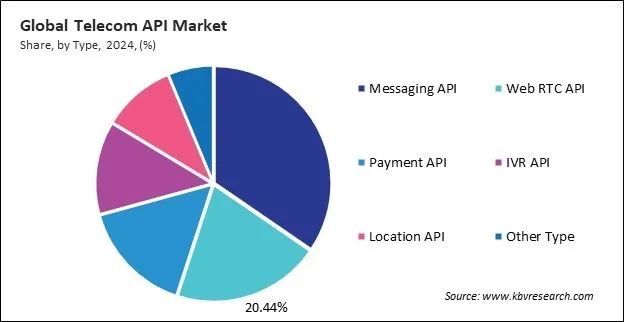
Based on type, the market is characterized into messaging API, web RTC API, payment API, IVR API, location API, and others. The web RTC API segment procured 20% revenue share in the telecom API market in 2024. Web Real-Time Communication (WebRTC) APIs enable audio, video, and data sharing directly between browsers and mobile applications without the need for intermediary plugins. These APIs are crucial for powering applications such as video conferencing, online customer support, and telemedicine. The increase in remote working models, virtual collaboration tools, and digital healthcare consultations has substantially elevated the integration of WebRTC APIs.
Free Valuable Insights: Global Telecom API Market size to reach USD 1233.96 Billion by 2032
Region-wise, the telecom API market is analyzed across North America, Europe, Asia Pacific, and LAMEA. The North America segment recorded 34% revenue share in the telecom API market in 2024. This dominance is largely driven by the region’s mature telecom infrastructure, widespread adoption of advanced technologies such as 5G and IoT, and a thriving ecosystem of digital service providers and application developers. Leading telecom companies in the U.S. and Canada have actively partnered with third-party developers and enterprises to deploy API-driven services that enhance customer engagement, automate operations, and introduce innovative offerings like cloud-based communication and AI-powered contact centers.
| Report Attribute | Details |
|---|---|
| Market size value in 2024 | USD 249.02 Billion |
| Market size forecast in 2032 | USD 1233.96 Billion |
| Base Year | 2024 |
| Historical Period | 2021 to 2023 |
| Forecast Period | 2025 to 2032 |
| Revenue Growth Rate | CAGR of 22.3% from 2025 to 2032 |
| Number of Pages | 319 |
| Number of Tables | 311 |
| Report coverage | Market Trends, Revenue Estimation and Forecast, Segmentation Analysis, Regional and Country Breakdown, Porter’s 5 Forces Analysis, Company Profiling, Companies Strategic Developments, SWOT Analysis, Winning Imperatives |
| Segments covered | End User, Type, Region |
| Country scope |
|
| Companies Included | Adobe, Inc., Avaya, Inc. (Avaya Holdings Corp.), Deutsche Telekom AG, IBM Corporation, Microsoft Corporation, Amazon Web Services, Inc. (Amazon.com, Inc.), AT&T, Inc., Verizon Communications, Inc., Ericsson AB, and Twilio, Inc. |
By End User
By Type
By Geography
This Market size is expected to reach $1233.96 billion by 2032.
Advancements In 5G Technology are driving the Market in coming years, however, Security And Privacy Concerns restraints the growth of the Market.
Adobe, Inc., Avaya, Inc. (Avaya Holdings Corp.), Deutsche Telekom AG, IBM Corporation, Microsoft Corporation, Amazon Web Services, Inc. (Amazon.com, Inc.), AT&T, Inc., Verizon Communications, Inc., Ericsson AB, and Twilio, Inc.
The expected CAGR of this Market is 22.3% from 2023 to 2032.
The Partner Developers segment led the maximum revenue in the Market by End User in 2024, thereby, achieving a market value of $378.0 billion by 2032.
The North America region dominated the Market by Region in 2024, and would continue to be a dominant market till 2032; thereby, achieving a market value of $401.8 billion by 2032.
Our team of dedicated experts can provide you with attractive expansion opportunities for your business.
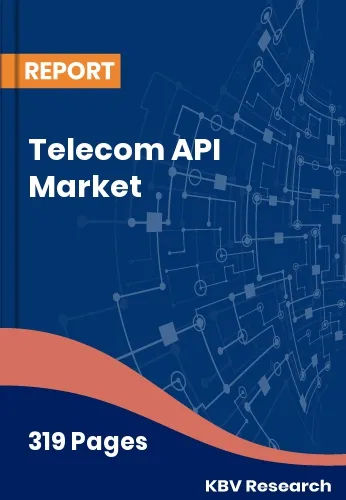
 Drivers
Drivers
 Restraints
Restraints
 Opportunities
Opportunities
 Challenges
Challenges
